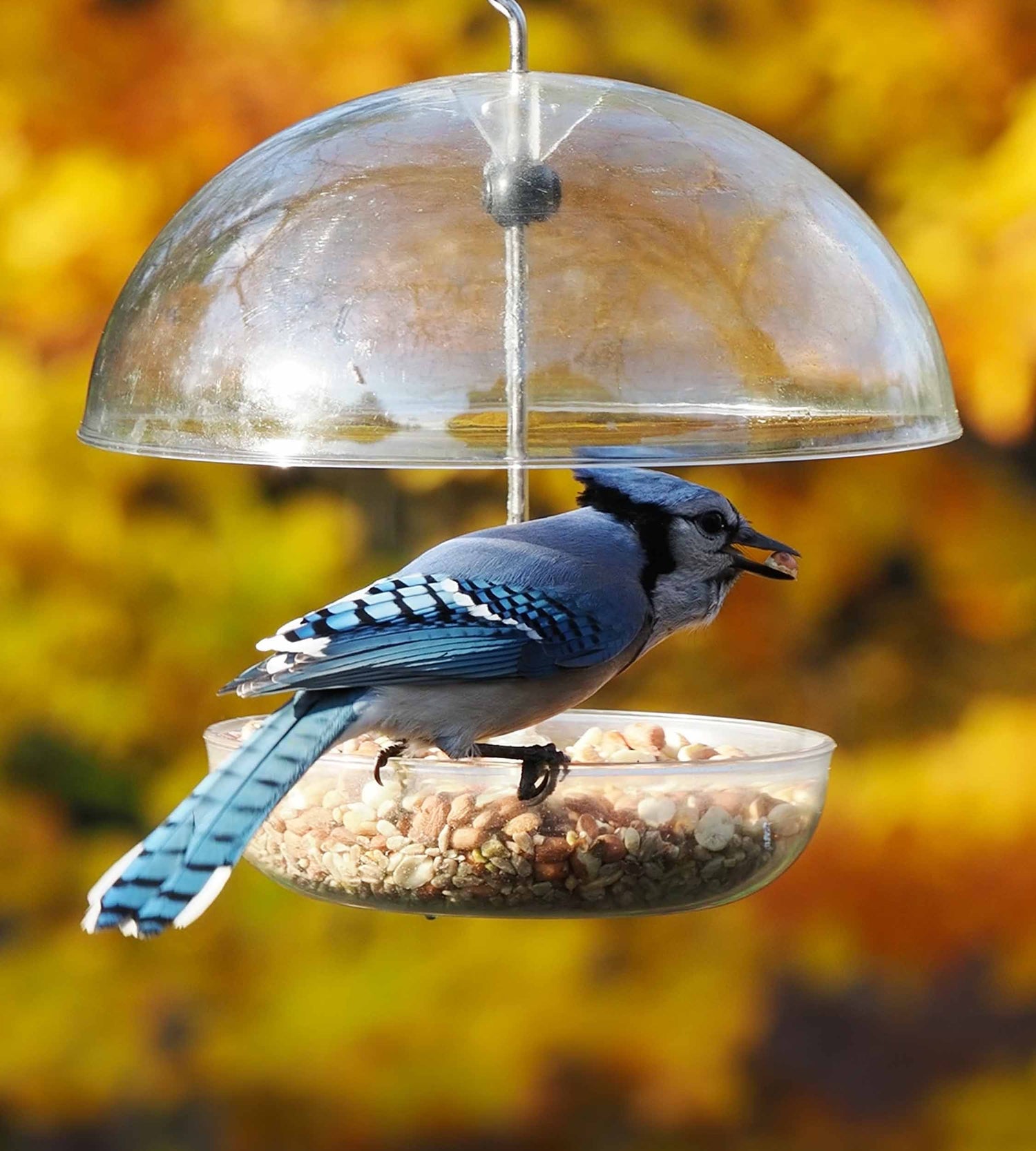Bird feeders are a delightful addition to any garden, attracting a variety of wild birds. However, they can also become a breeding ground for harmful bacteria and diseases if not properly maintained.
In this guide, we'll walk you through the process of how to disinfect a bird feeder. We'll cover everything from the materials you'll need to the steps involved in the cleaning process.
By following these steps, you can ensure a safe and healthy feeding environment for your backyard birds
Why Disinfecting Your Bird Feeder is Essential
Disinfecting your bird feeder is crucial for the health of your avian visitors. Dirty feeders can harbor bacteria and viruses, leading to the spread of diseases among bird populations.
Regular cleaning prevents the buildup of old food and droppings, which are prime breeding grounds for pathogens. It also helps to keep pests like rodents and insects at bay.
By maintaining a clean bird feeder, you're not only caring for the birds but also contributing to the overall health of your local ecosystem.
When to Clean Your Bird Feeder
Bird feeders should ideally be cleaned every two weeks. However, the frequency may increase depending on the weather conditions and the number of birds visiting your feeder.
During rainy or humid weather, feeders can become damp and moldy, requiring more frequent cleaning. Similarly, a high volume of bird traffic can lead to quicker buildup of droppings and leftover food.
- Regular cleaning: Every two weeks
- Rainy or humid weather: More frequently
- High bird traffic: More frequently
Materials Needed for Disinfecting Bird Feeders
To effectively disinfect your bird feeder, you'll need a few essential items. These include a bird cleaning brush, gloves, and a suitable disinfectant.
A bird cleaning brush is designed to reach all corners of the feeder. Gloves protect you from potential pathogens during the cleaning process.
- Essential items: Bird cleaning brush, gloves, disinfectant
Step-by-Step Guide to Disinfecting Bird Feeders
Disinfecting a bird feeder is a straightforward process. Here's a step-by-step guide to help you.
First, empty the feeder. Remove all bird food and debris. This is where your bird cleaning brush comes in handy.
Next, prepare your disinfectant solution. A bleach solution, 9 parts water to 1 part bleach, is effective. Alternatively, you can use a natural disinfectant.
Submerge the feeder in the solution. Let it soak for at least 10 minutes. This ensures all pathogens are killed.
Finally, scrub the feeder with your bird cleaning brush. Pay attention to corners and crevices where dirt can hide.
Rinsing and Drying Your Bird Feeder
After scrubbing, rinse the feeder thoroughly. It's crucial to remove all traces of the disinfectant solution.
Then, let the feeder air-dry completely. This prevents the growth of mold and bacteria. Only refill it with bird food once it's fully dry.
Choosing the Right Bird Food After Cleaning
Once your feeder is clean and dry, it's time to refill it. The type of bird food you choose can impact the cleanliness of your feeder.
Consider using suet cakes, seeds and mixes, suet balls, or mealworms. These options are less likely to spoil and attract pests.
- Suet cakes
- Seeds and mixes
- Suet balls
- Mealworms
Remember, fresh food is best. Regularly replace the food to maintain a clean feeding environment.
Maintaining a Clean Feeding Area
Keeping the area around your bird feeder clean is just as important as cleaning the feeder itself. This helps prevent the spread of disease and keeps your birds healthy.
Regularly sweep or rake up discarded seeds, hulls, and other debris. This reduces the chance of mold and bacteria growth.
Also, consider the placement of your feeder. It should be in a location that's easy to clean and doesn't encourage pests.
Conclusion: The Importance of Regular Maintenance
Disinfecting your bird feeder is a crucial part of bird care. It helps prevent the spread of diseases and ensures a safe feeding environment.
By making this a regular part of your routine, you contribute to the health and longevity of your local bird population.






